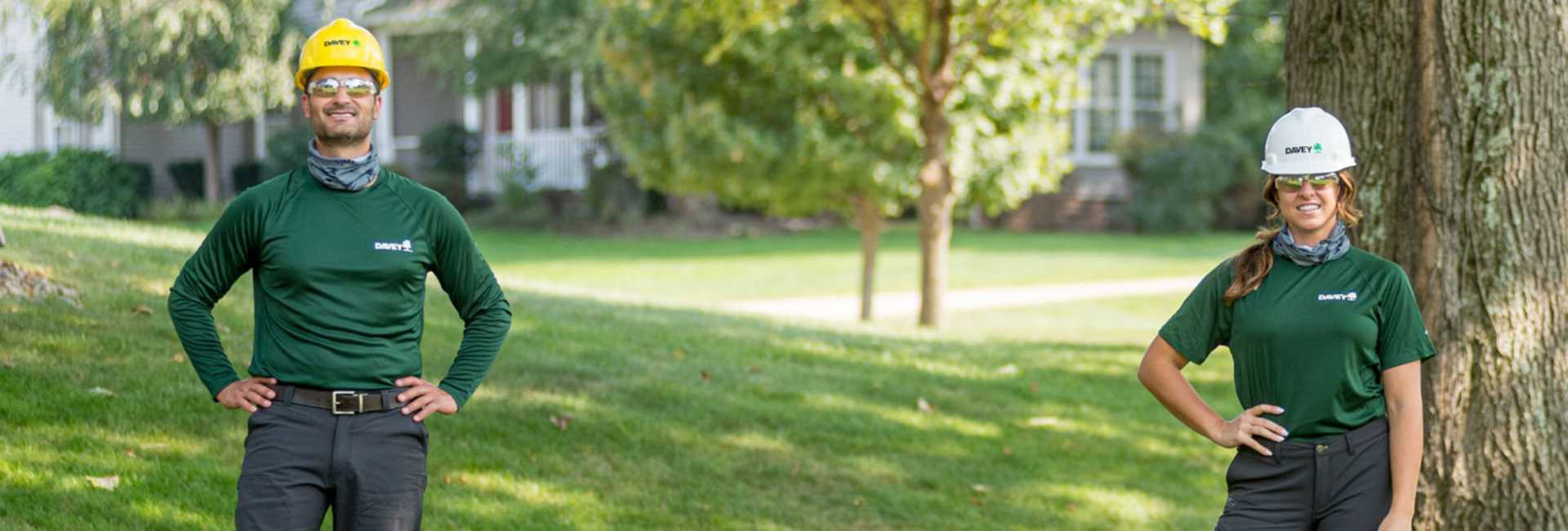In some parts of the country, winter seems to strip away all the color in our landscapes.
As a result, there’s a lot of gray in the landscape with the occasional bright pops of white that come from snowfall.
But some landscape plants can add some great visual appeal at this time of year. Among them is the red twig dogwood shrub.
This bush will add zest to your winter landscape with bright red stems.
Let’s talk about red twig dogwood shrubs, how big does red twig dogwood get, and how to trim a red twig dogwood so you can properly care for this beloved bush in your home landscape.
What Does A Red Twig Dogwood Look Like?
The red twig dogwood shrub provides multi-season interest.
It starts with white flower clusters in late spring, followed by attractive, white berries that draw birds in summer along with variegated leaves.
In autumn, the leaves of this bush turn crimson, adding some drama to the season.
Then when winter arrives, the leaves drop to reveal bright ruby red stems.
Types Of Red Twig Dogwoods
Depending on your location, there are a few types of red twig dogwood shrubs that you can plant in your landscape.
- Tatarian Dogwoods – Tatarian dogwood bushes are cool climate plants that grow best in USDA Hardiness Zones 3 to 8. Plant them in full sun or partial shade, but they do not respond well to full shade. These shrubs have an upright and loose form and will typically grow to 8- to 10-feet high and wide.
- Red Osier Dogwoods – This red twig dogwood shrub is native to Minnesota and offers a mounded form and colorful red or yellow bark in winter. This plant can reach from 2 to 10 feet in height with a similar width and blooms in clusters of small, white flowers in mid-May to June and again in July to August. It’s covered in small, round, white, or pale blue berries from July through September and boasts reddish-purple fall foliage. You can grow these drought-tolerant dogwoods in USDA Hardiness Zones 2 to 7.
- Blood Twig Dogwoods – This medium-sized red twig dogwood has straight stems and branches that turn red and green in the winter. It produces fluffy clusters of white flowers, followed by small black fruit in the summer on a 5- to 8-foot bush. The best red bark color appears on new wood, so regular pruning is necessary to keep up the bright color in winter. Grow this shrub in USDA Hardiness Zones 4 to 7.
Red Twig Dogwood Care
Sold on adding red twig dogwood bushes to your home landscape? They are certainly great additions to any yard.
The best time to plant red twig dogwoods is in early spring or early fall. During that first year after planting, make sure to keep the soil consistently moist but not soaking so it can establish a strong root system. Once established, red twig dogwoods are fairly drought tolerant.
If you’re creating a gorgeous planting bed, some great red twig dogwood companion plants include winterberry hollies, chokeberry, witch hazel, hellebores, coneflowers, black-eyed Susans, ornamental grasses, and honeysuckle. You can also plant bulbs like snowdrops that will pop with delicate white blooms in early spring in front of the red twigs of your dogwood.
You can use red twig dogwoods as focal points in your landscape, along a pathway, or drawing attention to a specific area of your garden.
Other care tips for your dogwood include:
- Grow zones – Red twig dogwood shrubs grow best in USDA Hardiness Zones 2 to 8.
- Height/spread – Red twig dogwoods typically grow to a height of 6 to 10 feet and a width of 8 to 10
- Sunlight – These bushes grow best in full to partial sun locations.
- Bloom dates – You can expect small, white flowers in May and June, or later in some cultivars.
- Best time to prune – You might be asking when to cut back red twig dogwood. It’s best to prune red twig dogwoods in late winter or early spring before the shrub begins actively growing. Since the younger branches showcase the brightest color, this trimming will bring more color to your winter landscape.
- Deer resistance – Do deer eat red twig dogwood? Luckily, these shrubs are considered deer resistant.
Potential Threats
Red twig dogwood bushes are moderately resistant to pests and diseases. Powdery mildew, leaf spot, and cankers are the most common diseases, and aphids and scale insects are the most common pests to look out for.
Powdery Mildew is a fungus that attacks your shrub’s leaf surfaces and tender shoots. Most of the time, it strikes in shady areas with limited air circulation. Signs of the disease include a fine, white powder coating the upper leaf surfaces, followed by yellowing, and premature defoliation. Leaf spots are fungal infections that cause spots on leaves which may lead to defoliation. Cankers are areas of dead tissue on stems or branches caused by various fungi or bacteria. They may appear as discolored, sunken areas on the stems. For fungicides to be effective, consult a certified arborist who can prescribe the proper management program as soon as symptoms first appear.
Routine inspections by a qualified plant health care provider who prescribes targeted preventative treatments and recommends cultural control practices to these potential threats will keep your shrubs healthy.







